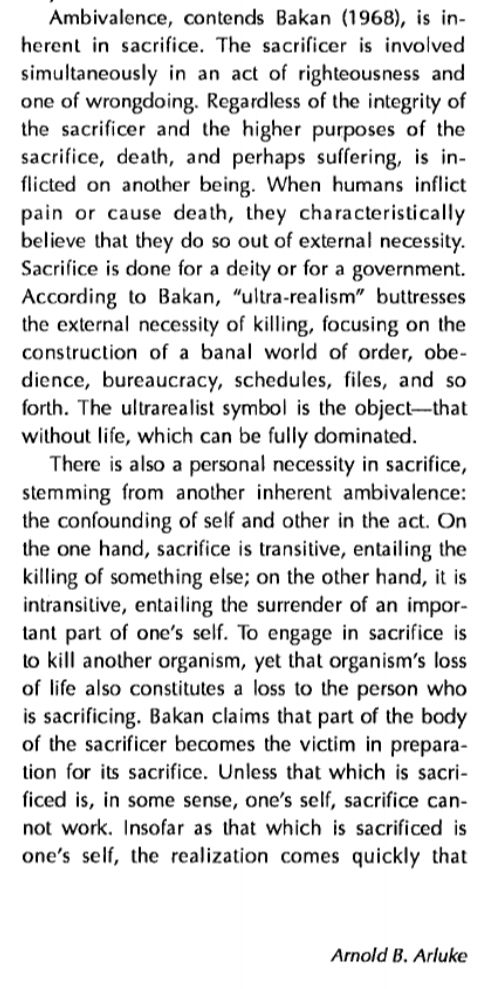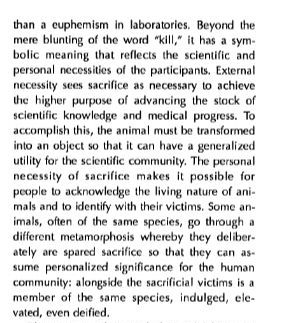The significance and logic behind Qurbani:
The practice of Qurbani can be traced back to the Prophet Ibrahim, who dreamed that God ordered him to sacrifice his only son, Ismail. In his devotion to God, Ibrahim agreed to follow his dream and perform the sacrifice. But God intervened and sent a ram to be sacrificed in Ismail’s place.
It is a symbol of tawhiIt is a symbol of tawhid and an important pillar of the perspicuous religion of Islam. Qurbani is an endeavor to gain the pleasure of Allah (swt) and piety.
It was never Allah’s (SWT) desire for Ibrahim (AS) to sacrifice his son, but instead to slaughter his earthly attachments. The story of Qurbani reminds us all that Allah (SWT) is aware of all our true intentions, and that when we are obedient and sincere in our beliefs, he rewards us in great measure.
There are three different subdivisions of slaughter offering:
Thank offering (Hebrew todah) – made in response to an unexpected positive change in circumstance
Votive offering – made in response to a positive change in circumstance, when a vow in hope of such a change had previously been made
Free-will offering – more spontaneous slaughter offerings
Slaughter offerings were also made in response to the ratification of solemn covenants, treaties, and alliances
Animal sacrifices could be acts of thanksgiving, appeasement, to ask for good health and fertility, or as a means of divination. It seems that some animals were offered wholly to the gods (by burying or burning), while some were shared between gods and humans (part eaten and part set aside).


